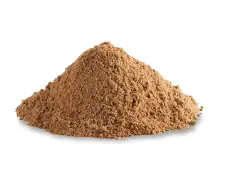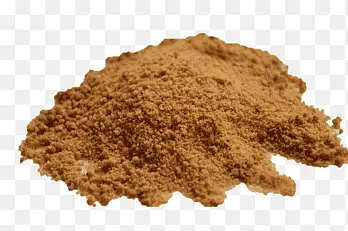Millet
|
IUPAC Name |
: - |
|
Cas Number |
: 90082-36-3 |
|
HS Code |
: 100829 |
|
Formula |
:
|
Basic Info
|
Appearance Name |
: Grayish brown ovals seed with furrowed surfaces |
|
Common Names |
: Millet |
|
Packaging |
: 25 kg for small bags, 1000 kg for big bags |




---china-origin.webp)
---turkey.webp)
